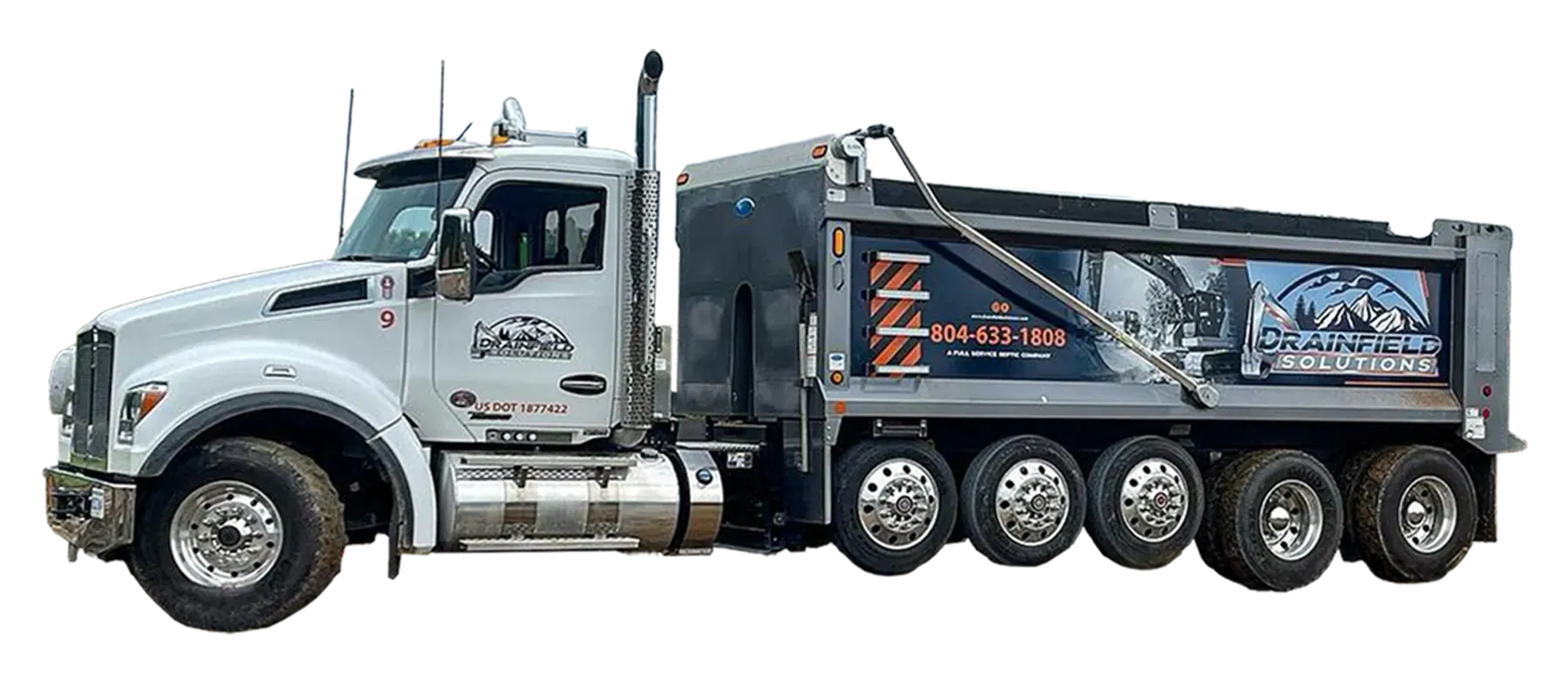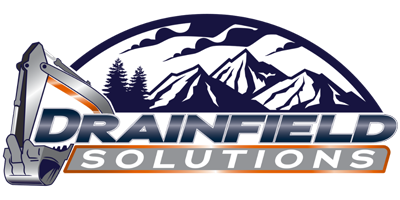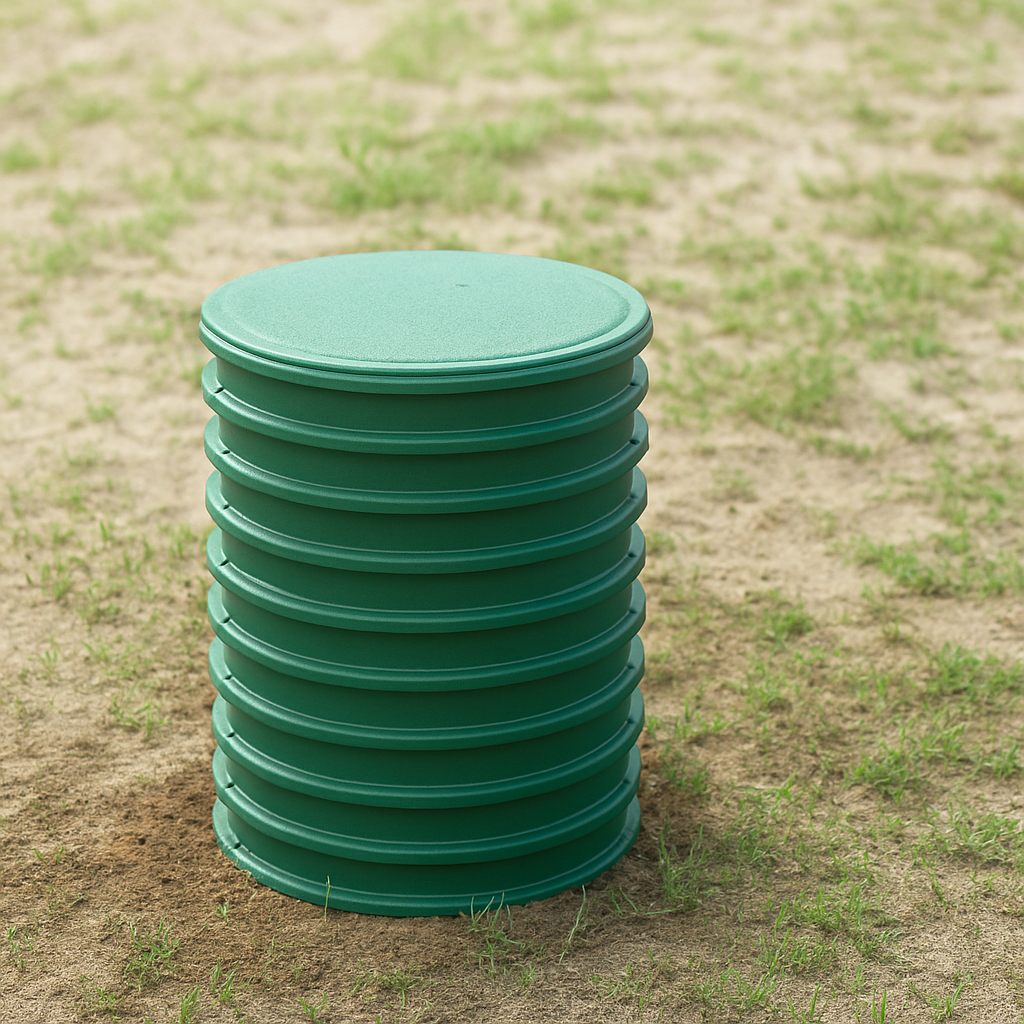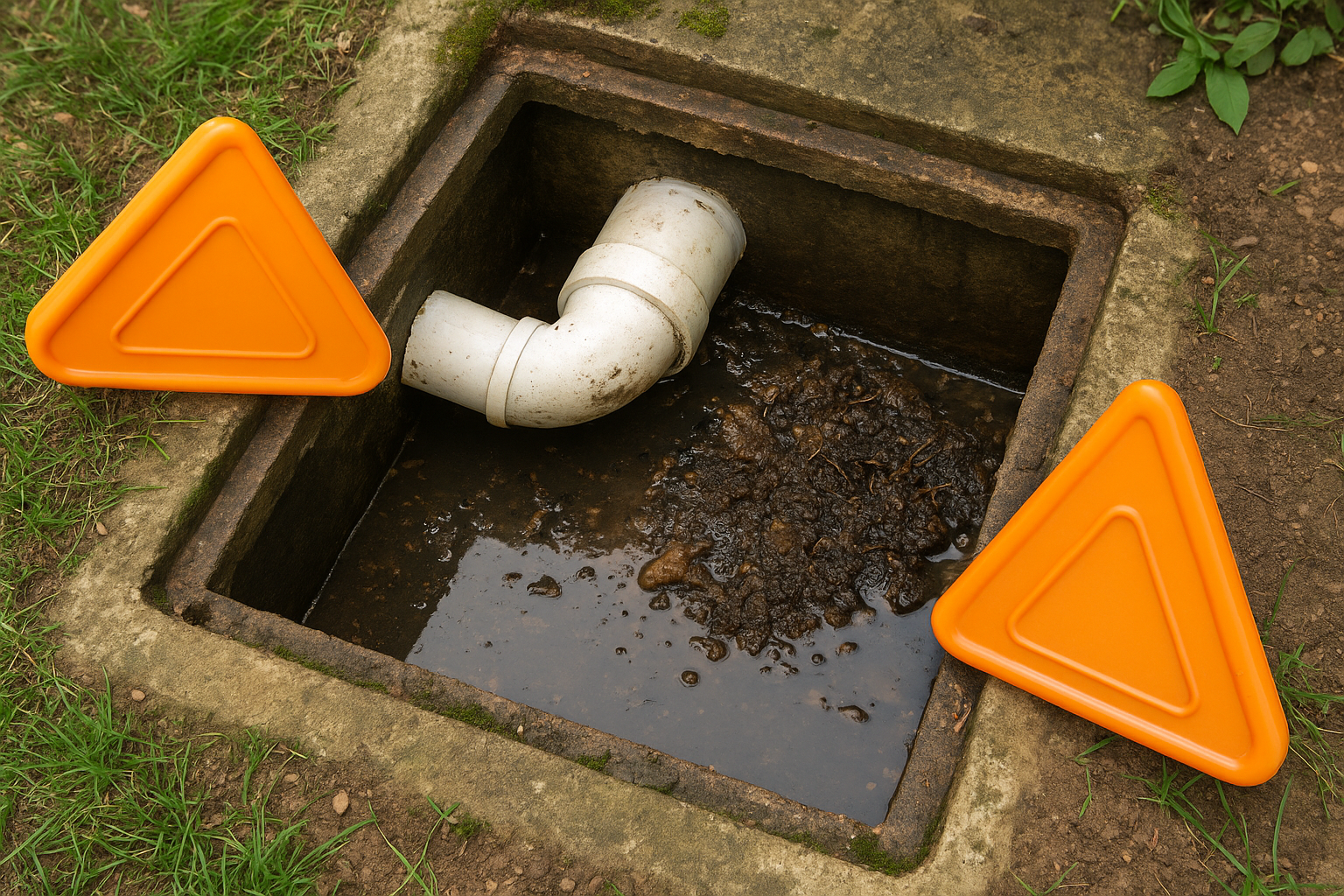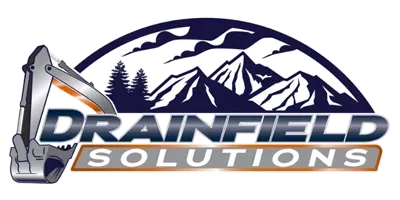
Do Septic Tank Additives Really Work in 2025
January 4, 2025
When it comes to maintaining your septic system, the topic of septic tank additives often comes up. These products promise to enhance the performance of your septic system, claiming to break down waste and improve the health of your drain field. But do they actually deliver on these promises? Let’s take a closer look at what septic tank additives are, their effectiveness, and what you should consider for proper septic maintenance.
Understanding Your Septic System
Before diving into additives, it’s important to understand how your septic system works. Your septic system consists of two main components:
1. Septic Tank:
This is where wastewater from your home collects. Inside the tank, solids settle to the bottom, forming sludge, while lighter materials like oils and grease float to the top, forming scum. The liquid effluent in the middle flows into the drain field.
2. Drain Field or Leach Field:
This area consists of a network of pipes buried in soil, where the effluent is further treated by natural processes before it reenters the groundwater.
What Are Septic Tank Additives?
Septic tank additives are products marketed to enhance the performance of septic systems. They typically fall into two categories:
- Biological Additives: These contain bacteria or enzymes that claim to help break down waste more efficiently.
- Chemical Additives: These include various chemicals that purport to improve septic system function.
The Effectiveness of Septic Tank Additives
What Experts Say:
1. EPA Recommendations: The Environmental Protection Agency (EPA) states that additives are generally unnecessary for a well-functioning septic system. A properly maintained system already contains sufficient bacteria to break down waste.
2. Scientific Studies: Research published in environmental health journals has shown that many additives do not significantly increase bacterial activity in septic tanks. In fact, existing bacteria in a healthy septic system are usually more than adequate for waste breakdown.
3. Expert Opinions: Many wastewater professionals express skepticism about the effectiveness of these products. They argue that a well-designed septic system can operate effectively without additional additives.
Potential Risks of Using Additives
While some products claim to enhance your septic system, there are potential downsides:
- Overloading Bacteria: Some biological additives can increase bacterial activity so much that excess solids escape into the drain field, leading to clogs.
- Disruption of Layers: Certain enzymatic products may disrupt the scum layer in your tank, allowing fats and grease to flow into the drain field, which can cause serious issues.
- Soil Damage: Chemical additives can harm soil structure and permeability, making it difficult for effluent to be properly treated before reentering groundwater.
Best Practices for Maintaining Your Septic System
Instead of relying on additives, consider these proven maintenance strategies:
1. Regular Pumping: Have your septic tank pumped every 3-5 years to remove accumulated sludge and scum. This is one of the most effective ways to ensure your system functions properly.
2. Mind What You Flush: Only human waste and toilet paper should go down your toilet. Avoid flushing items like wipes or feminine hygiene products that can cause clogs.
3. Spread Out Water Usage: Don’t overload your system by doing all laundry or dishwashing in one day. Spread out water use over several days to give your system time to process.
4. Fix Leaks Promptly: Address any leaks in faucets or toilets immediately. Continuous leaks can overload your septic system with excess water.
5. Avoid Heavy Loads on Your Drain Field: Keep vehicles and heavy equipment off your drainfield area to prevent soil compaction and damage to the pipes.
Need Expert Advice?
While drainfield additives may seem like a quick fix for maintaining your septic system, they often do not deliver on their promises and may even cause harm. A well-maintained septic system does not require these products; instead, focus on regular pumping and responsible usage practices.
At Drainfield Solutions in Central Virginia, we’ve been helping homeowners in Essex County, Richmond County, King & Queen County, King William County, and Culpepper County protect their septic and drain field systems since 2005. If you have questions about septic system maintenance or need a septic inspection, visit our contact page or call us today at 804-633-1808. We’re here to help ensure your septic system operates smoothly without relying on questionable additives!
Share Post
Latest Posts
Ready to Take the Next Step?
Whether you're in need of a system inspection or regular maintenance, Drainfield Solutions is here to help. Get in touch today for reliable service you can trust.
